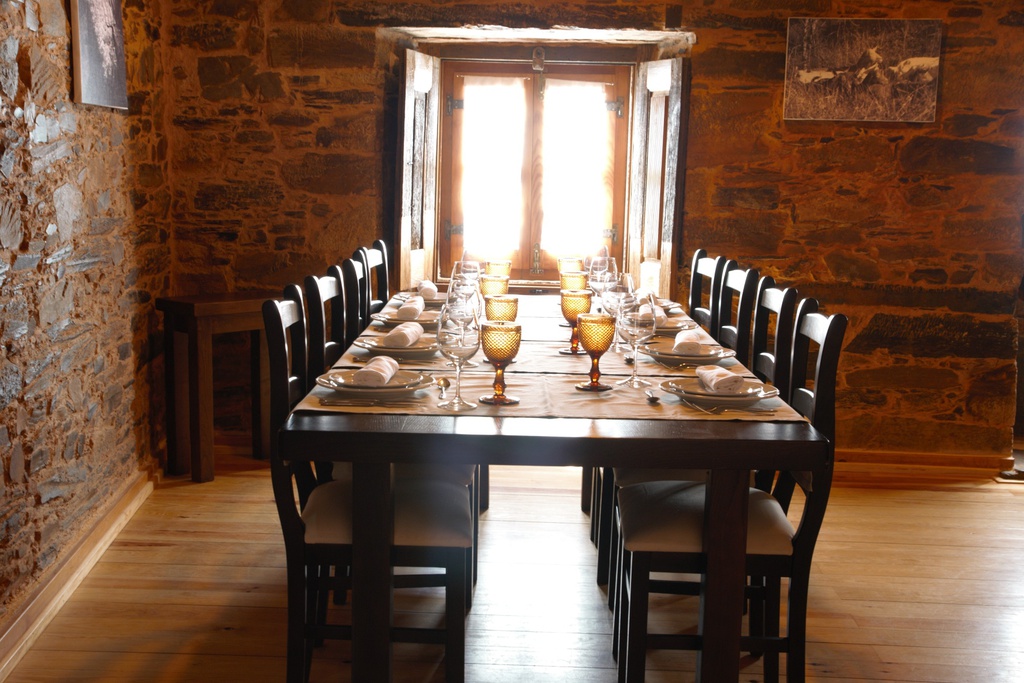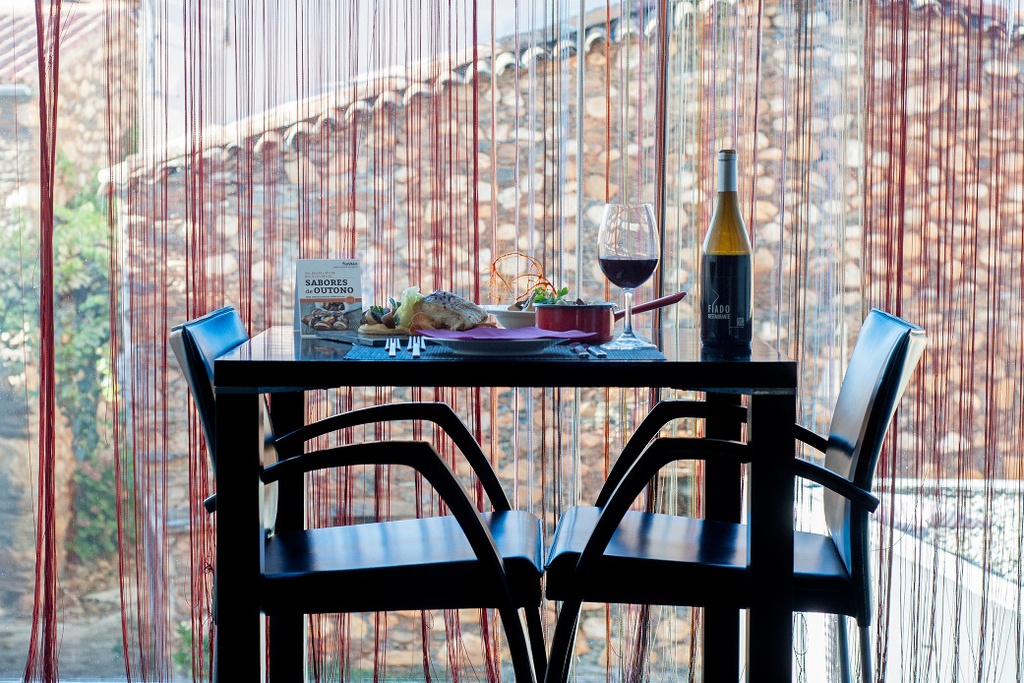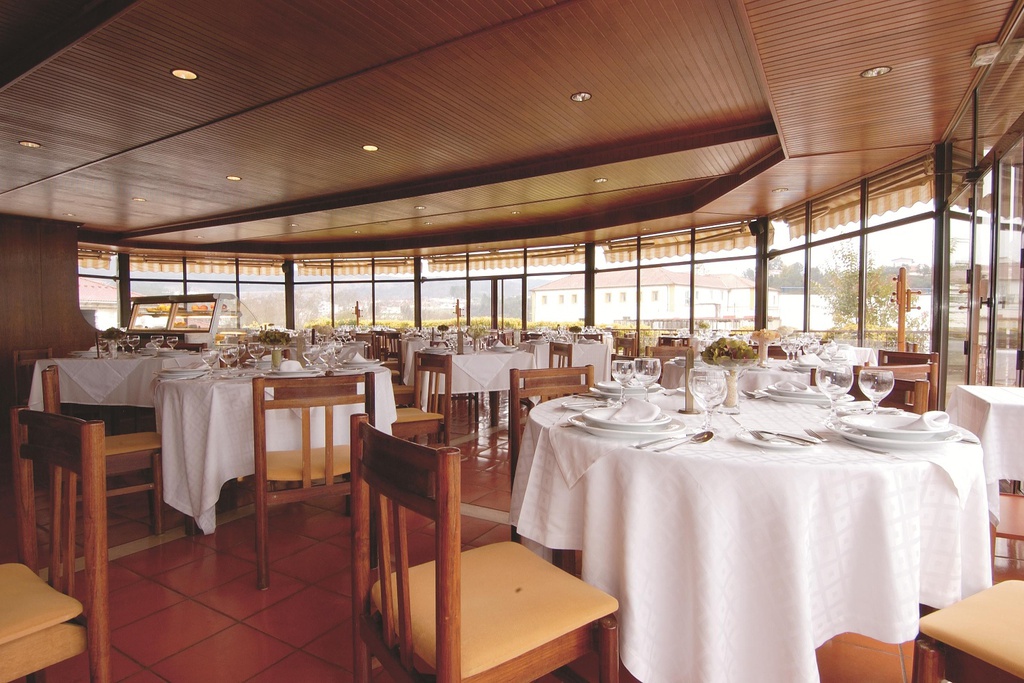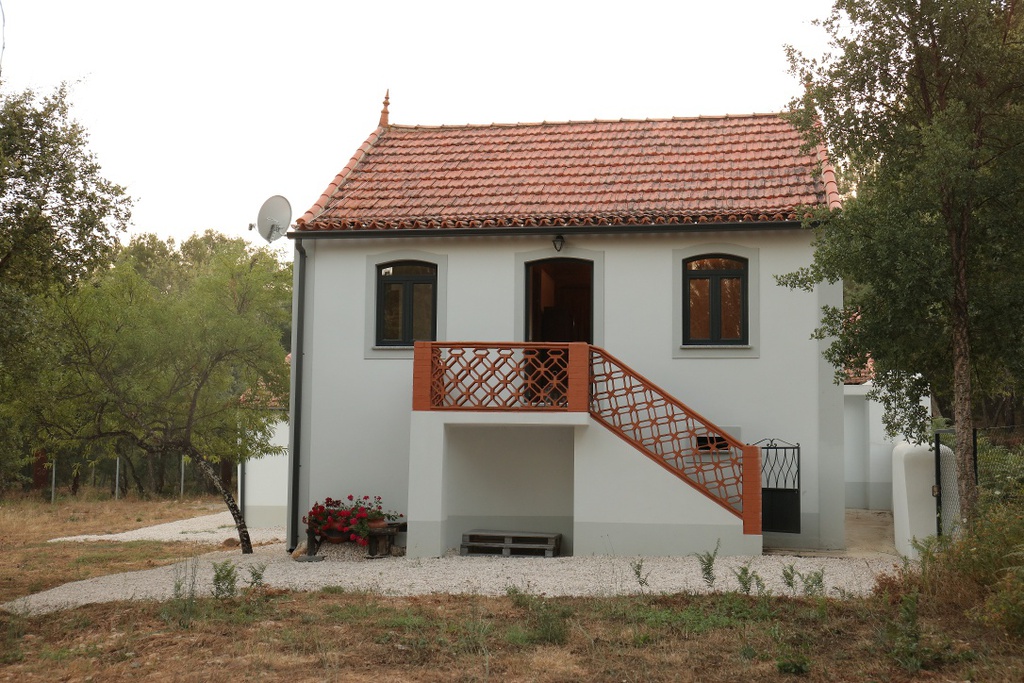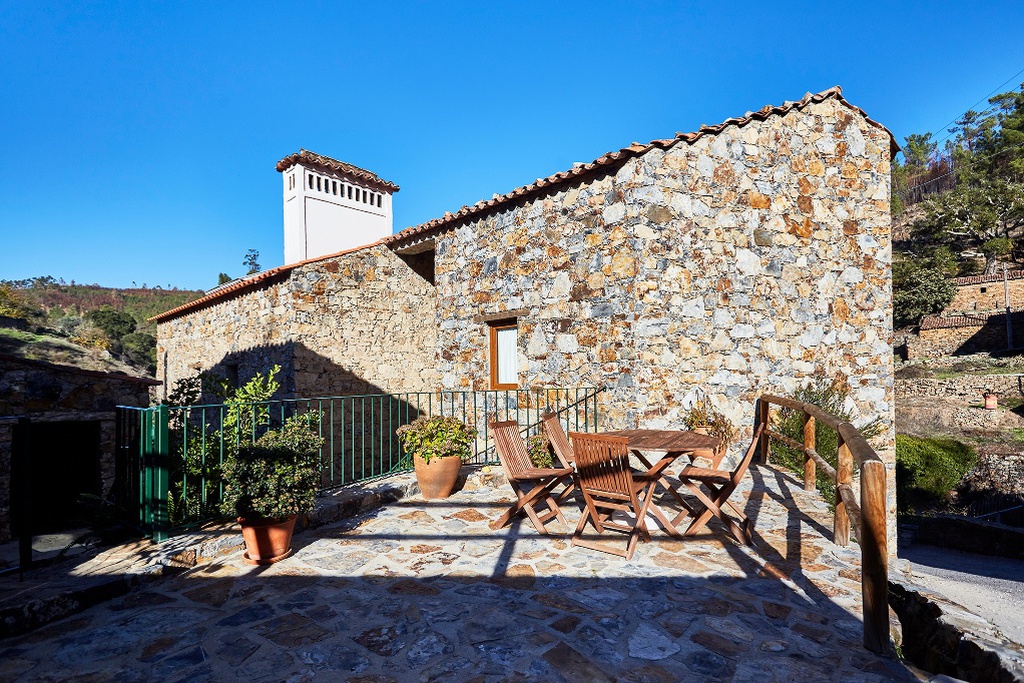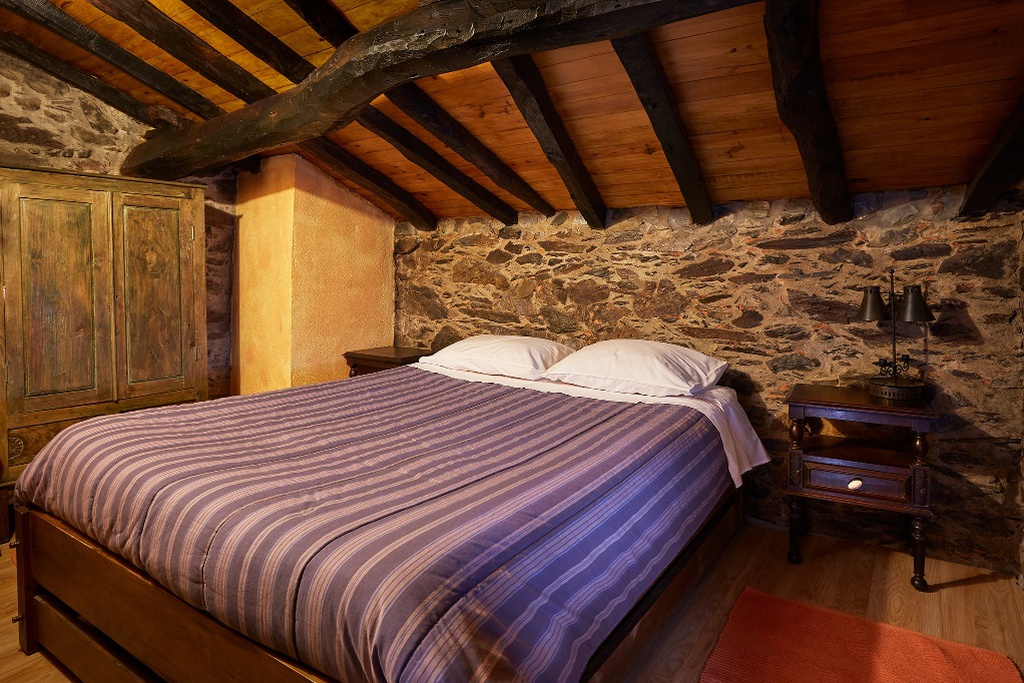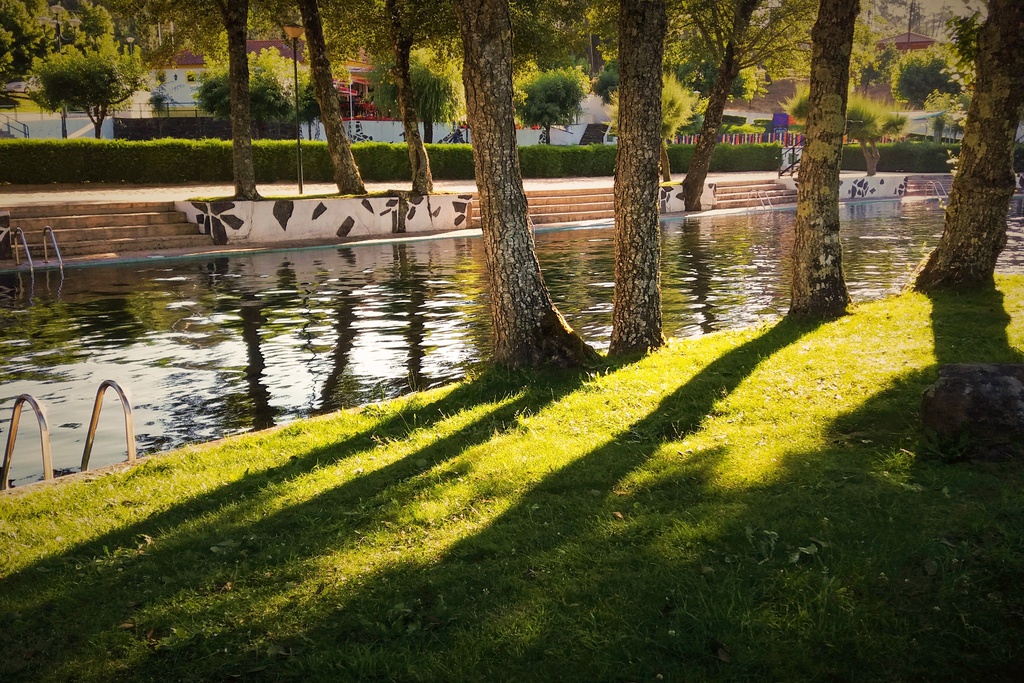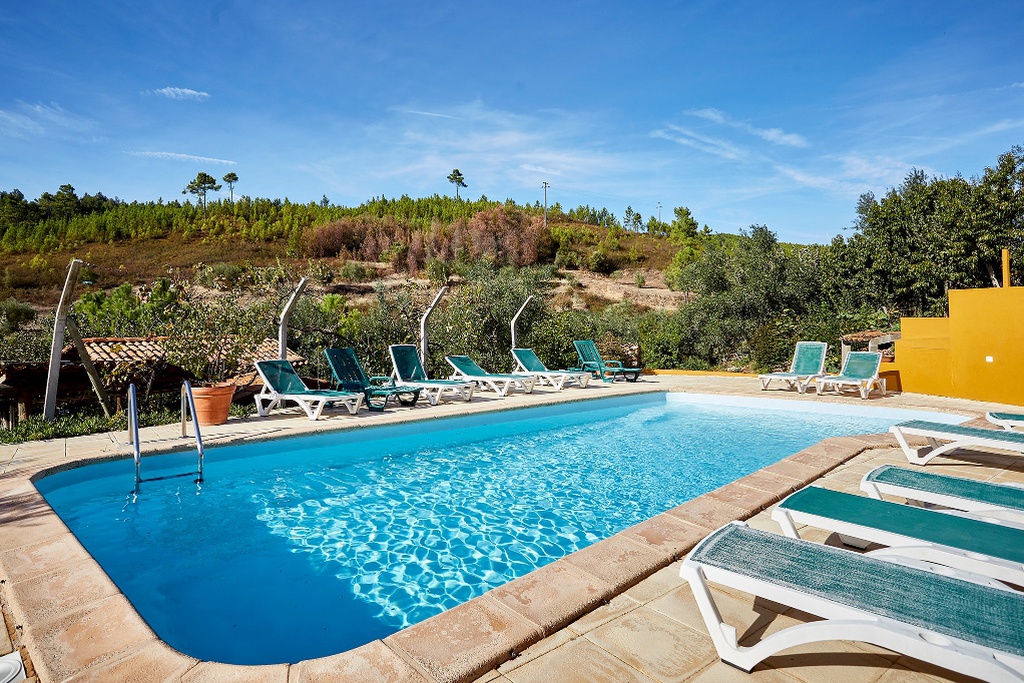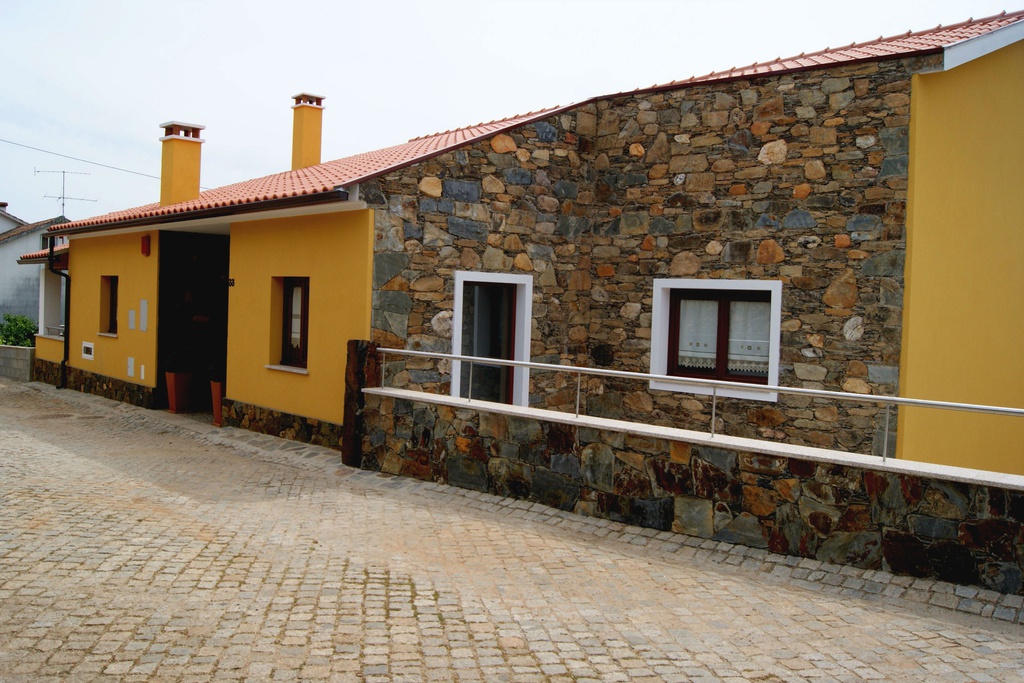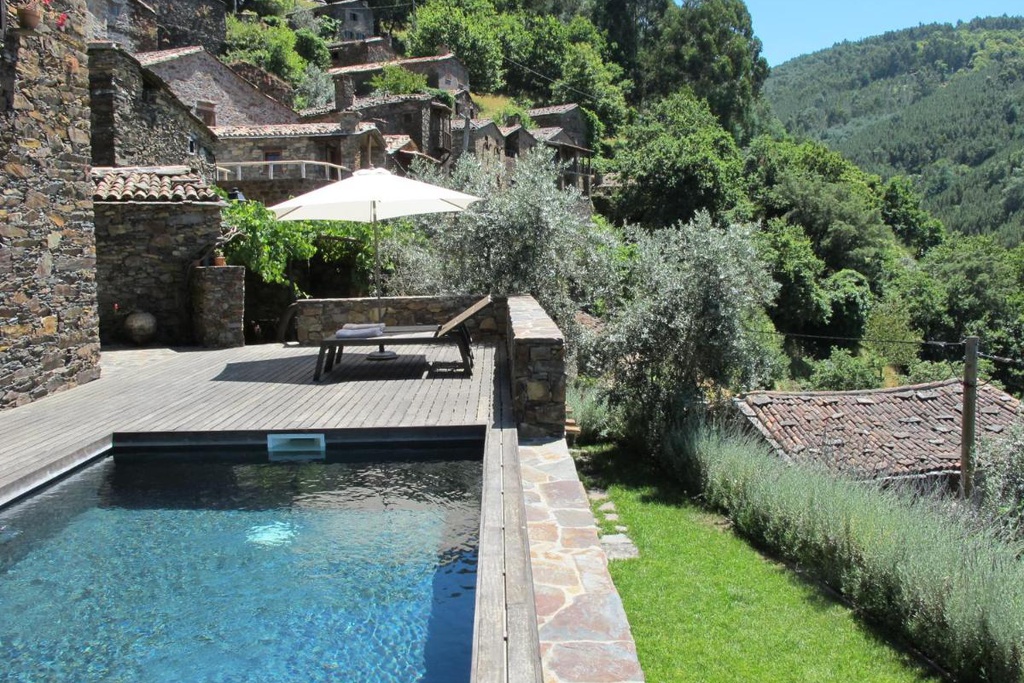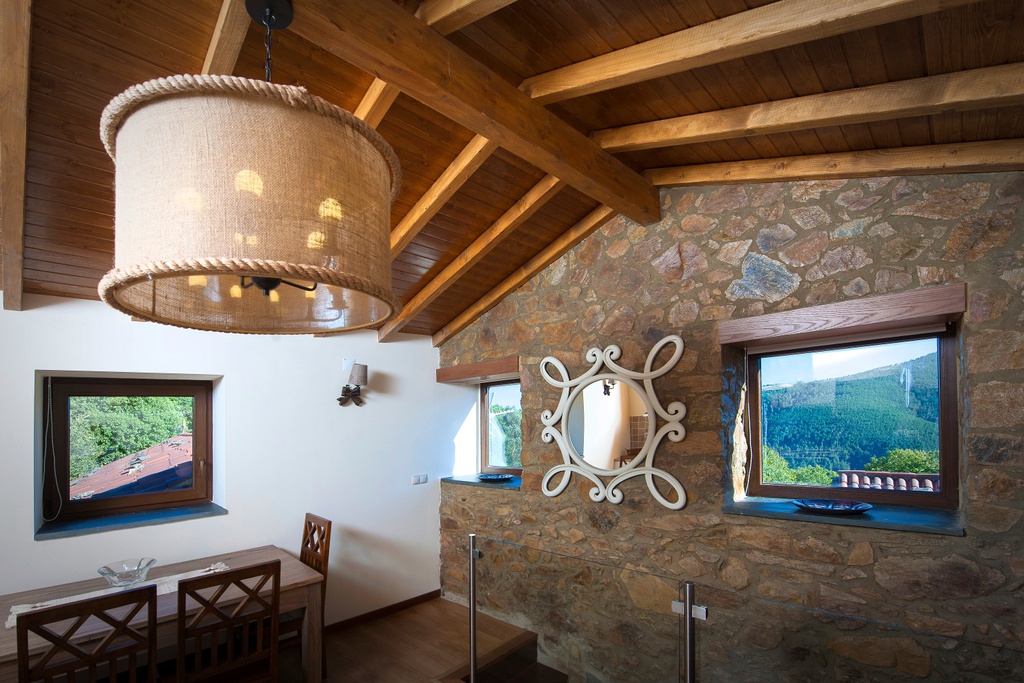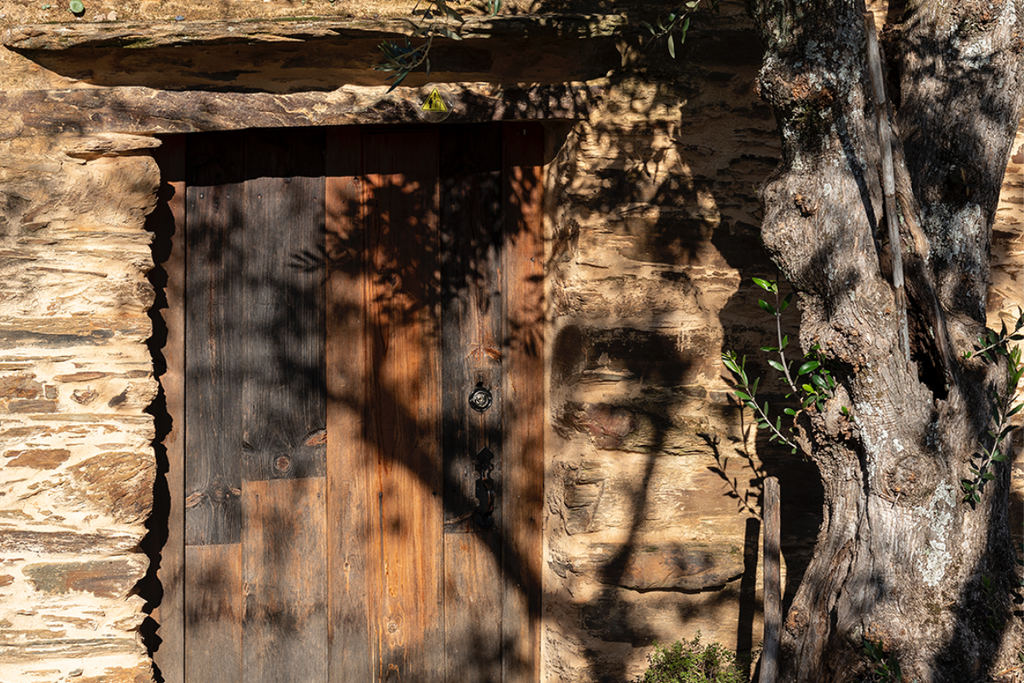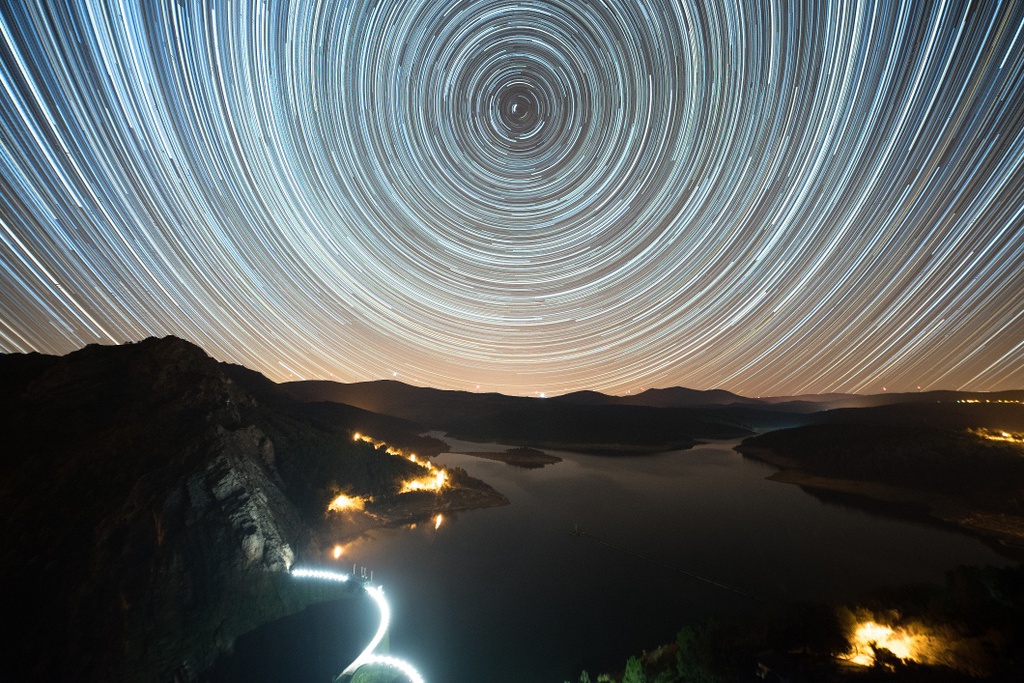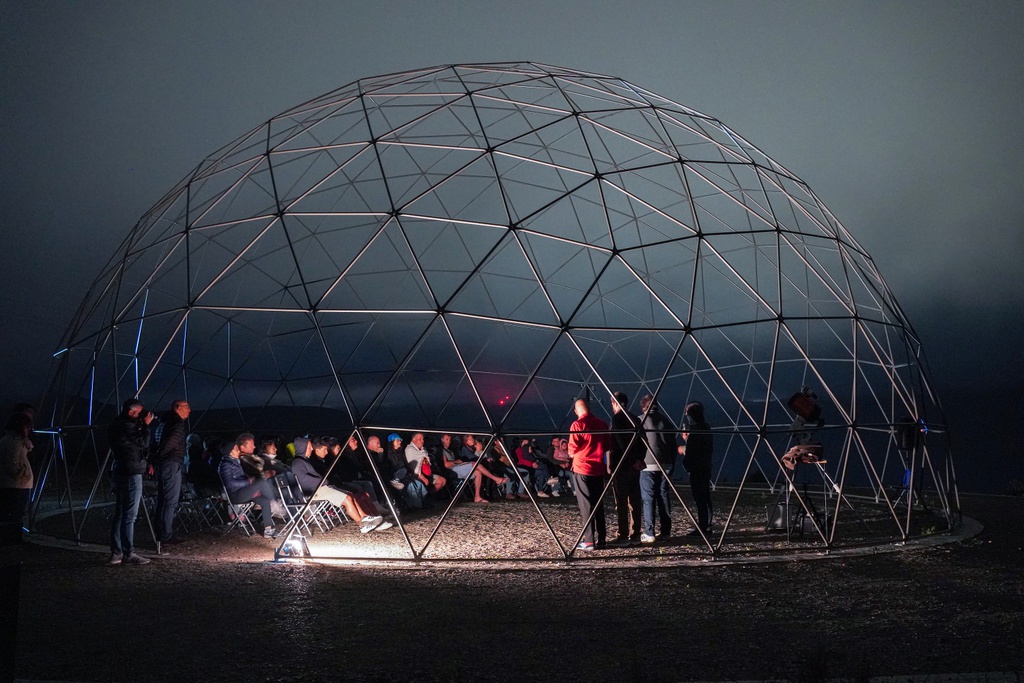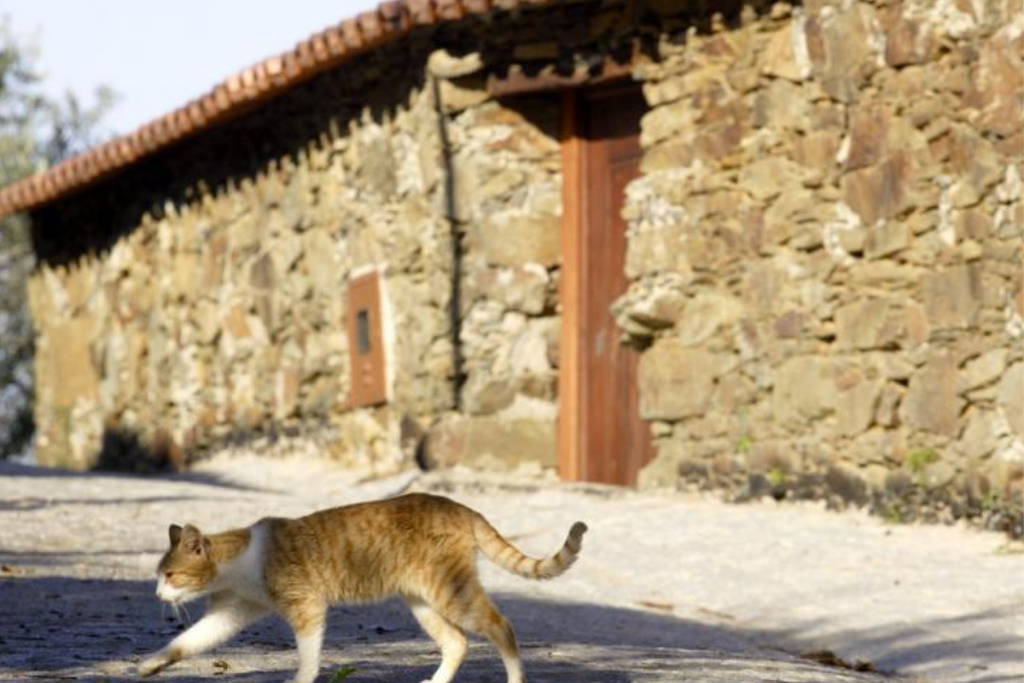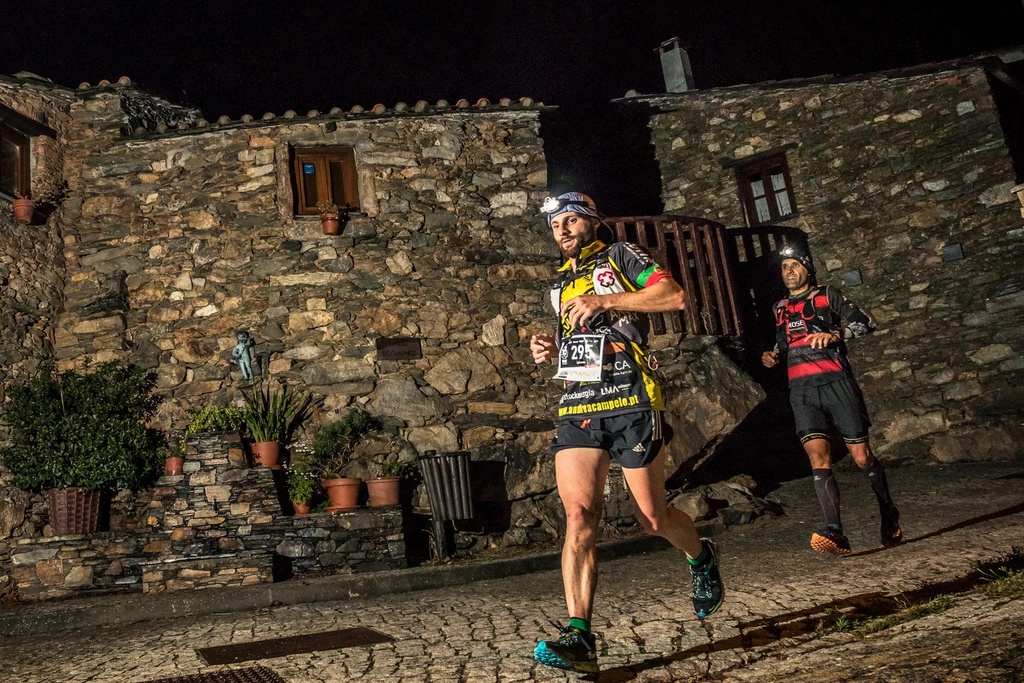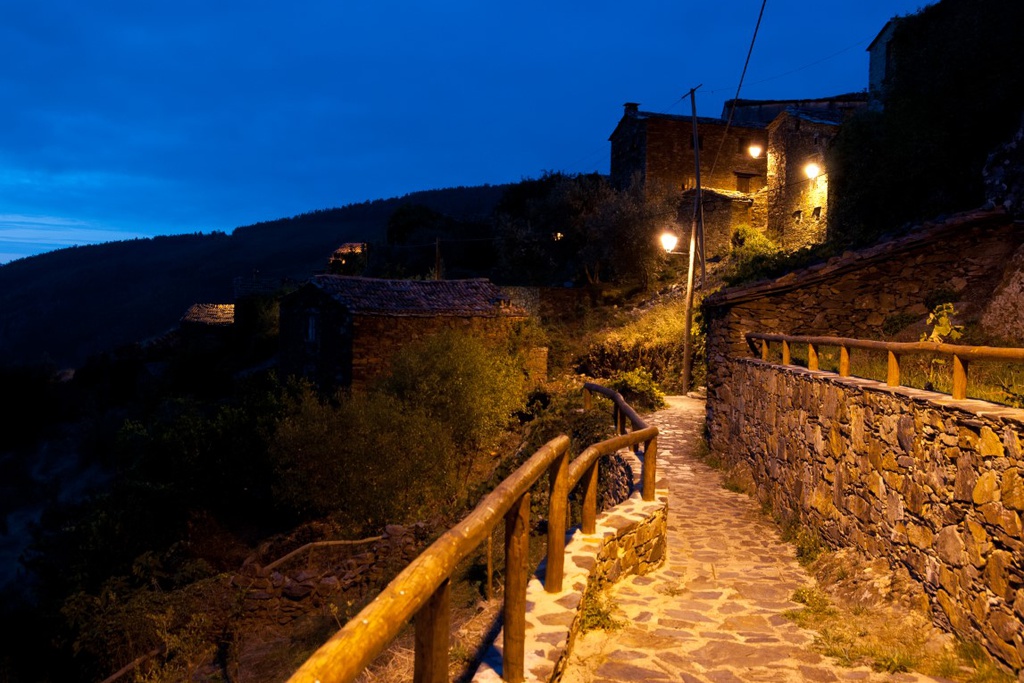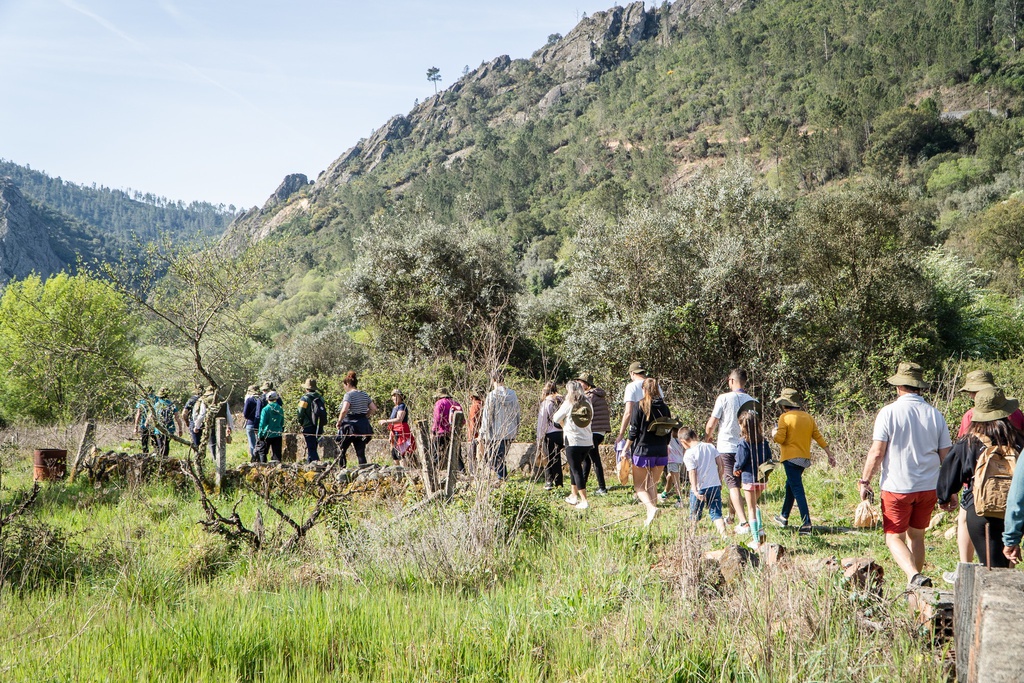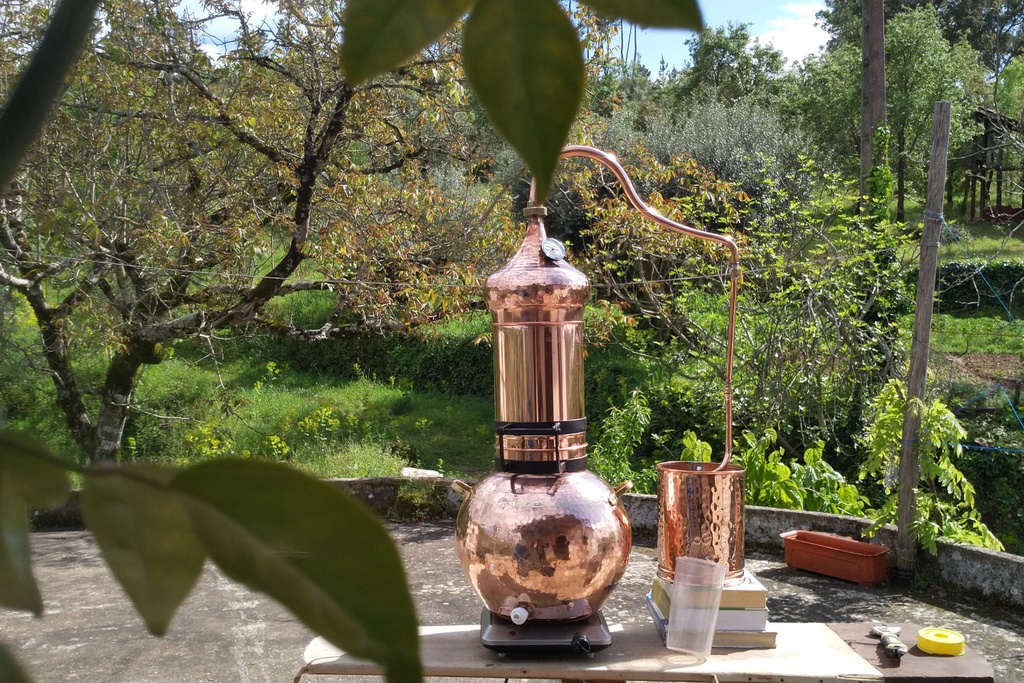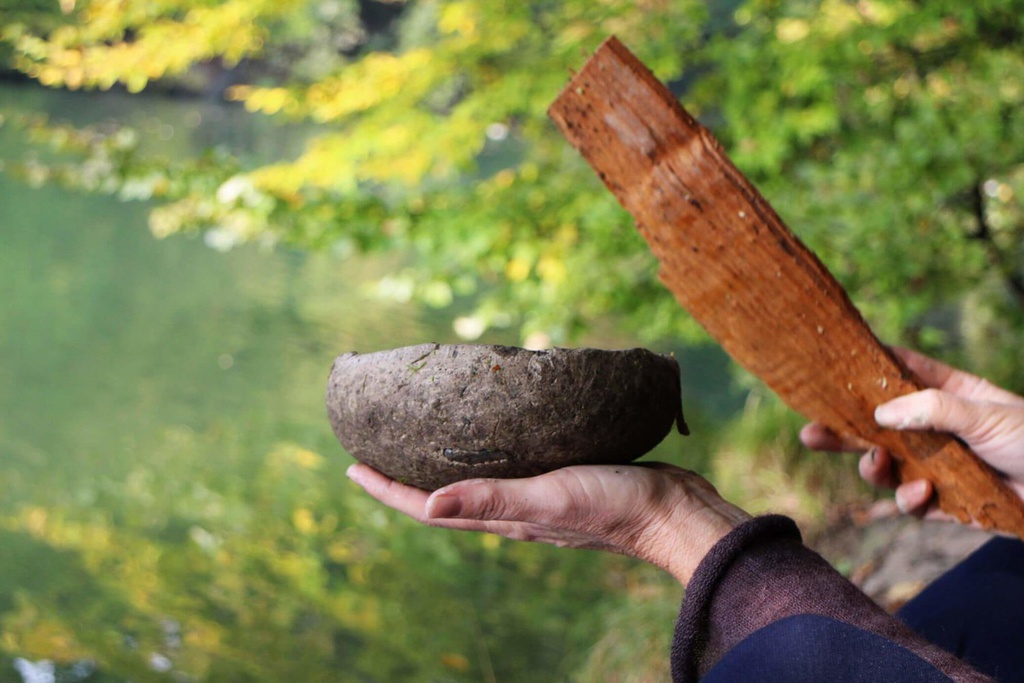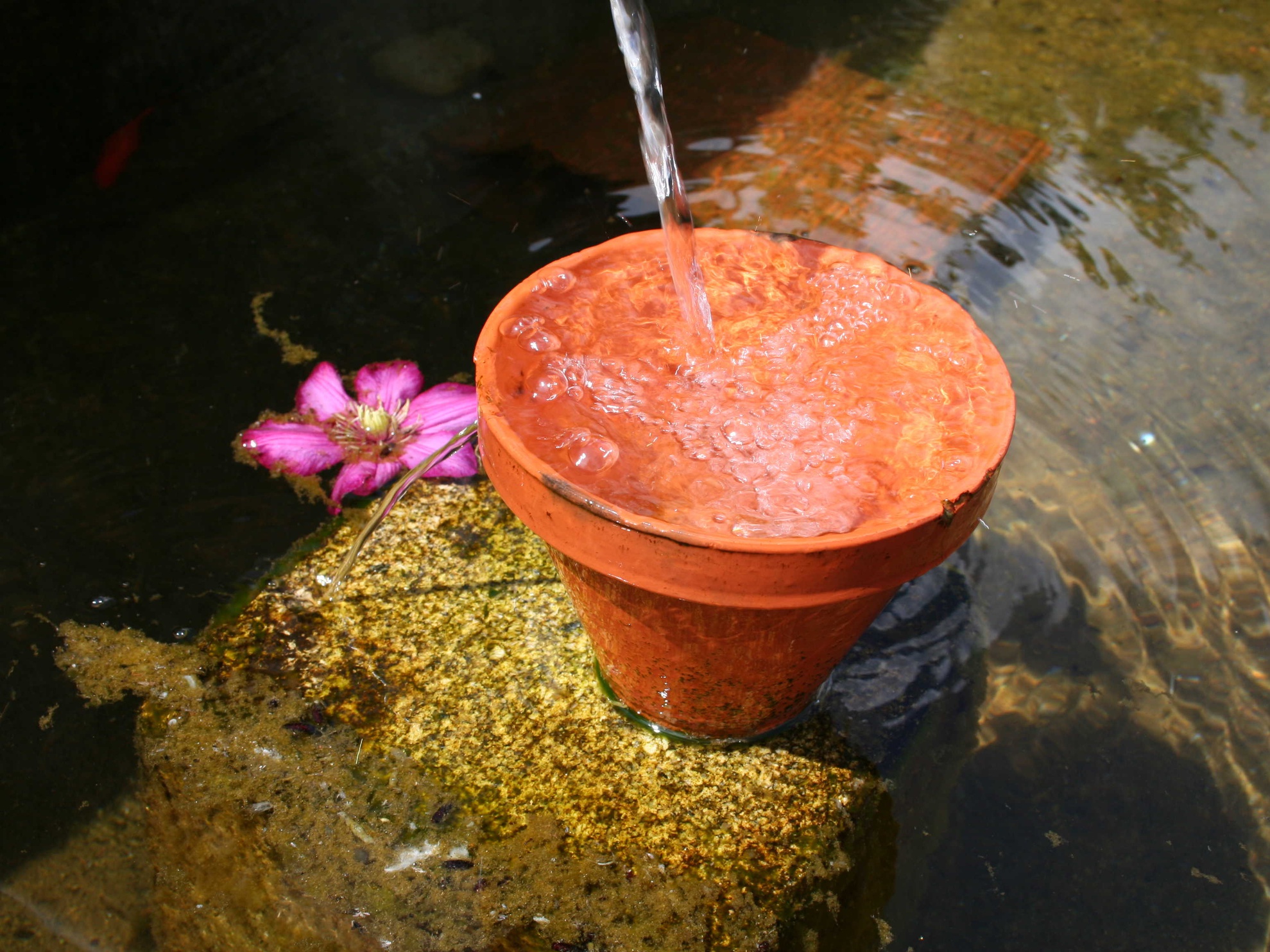The Ceira River rises in the Serra do Açor at an altitude of 1118 m, and flows into the Mondego 100 km later when it reaches Coimbra. There are eleven Aldeias do Xisto within its catchment area.
The Alvoco and then the Alva, although they originate in the Serra da Estrela, are also fed on their left by the Serra do Açor. After meeting at the Três Entradas Bridge, near the Aldeia do Xisto Aldeia das Dez, the Alva will also meet the Mondego near Penacova. There are three Aldeias do Xisto within its catchment area.
After rising at 1900m in the Serra da Estrela, the River Zêzere, now more serene, passes through Belmonte and Covilhã. From here and almost until it flows into the Tagus - in its section called “Fosso do Zêzere” - it is fed, on both sides, by this sea of mountains.
In these valleys, dug out by the waters in a hurry to become streams and rivers, humans have built dams to transform the force of the flow of the waters into electricity.
Near Cambas (Oleiros), between Janeiro de Cima and Álvaro, the Zêzere ceases to be a river and becomes a calm reservoir. If it did not run through a valley from here to Constância, it would be possible to see that all the reservoirs of the 3 dams (Cabril, Bouça and Castelo de Bode) form an immense artificial lake, with more than 5800 hectares. There are ten Aldeias do Xisto within its catchment area.
Sometimes the waters of these rivers rest before continuing their journey.
Human beings did not want them to run wild, as they have always done so. So today, the tranquil surfaces of several reservoirs mirror the landscapes that surround them.
With the construction of the Santa Luzia Dam (1942), the Ribeira de Unhais ceased to roar in the gorge of the Serra do Vidual. The Ceira only stumbles at the Alto Ceira Dam (1949). But not even the gigantic Castelo de Bode Dam (1951) is able to store the huge amount of water that these mountains produce. The Cabril Dam (1954) took its name from the strangulation of the Zêzere River near Pedrógão Pequeno. At the end of it, as if the Zêzere wanted to be wild again, the Bouçã Dam (1991) prevents it from being so. These form an immense lake of about 6100 hectares, which is almost continuous. A mountain of water rcontaining 2 billion cubic metres of fresh water.




